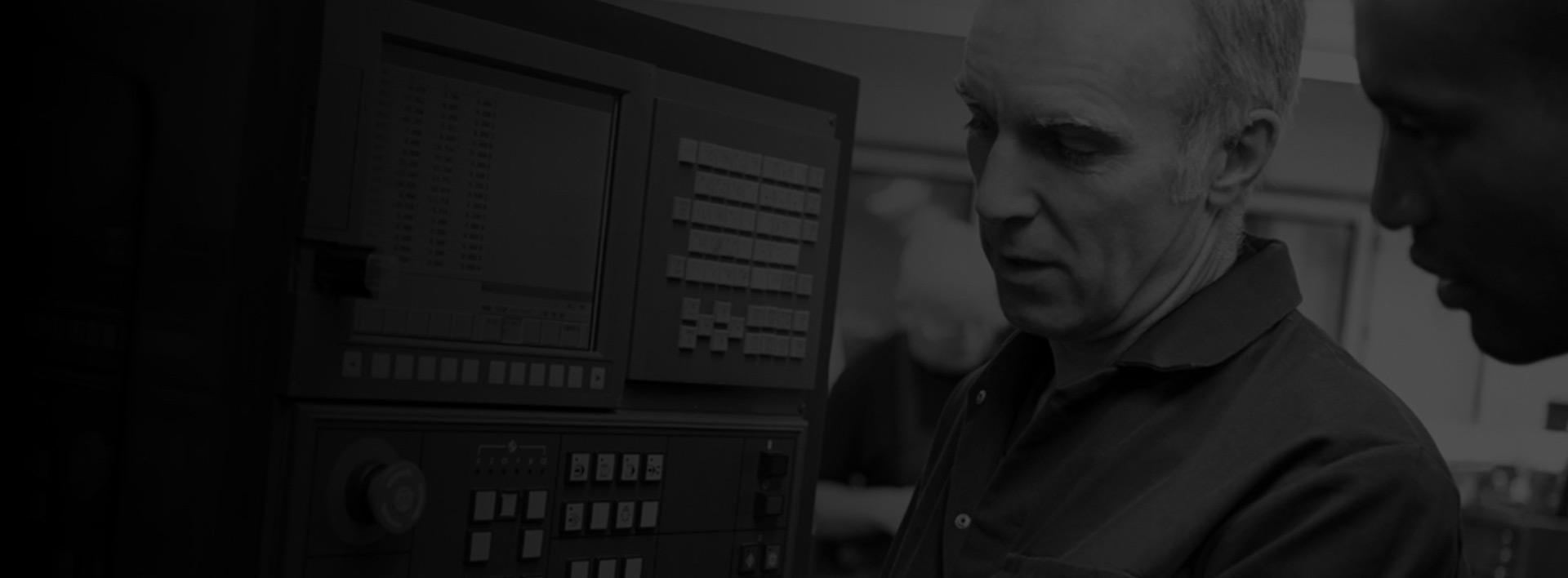Smartwatches are not only fashionable accessories, but also powerful devices that can help you track your fitness, wellness, and health. One of the most important aspects of health that smartwatches can monitor is your heart health. In this article, we will explain how smartwatches use two technologies, electrocardiography (ECG) and photoplethysmography (PPG), to measure your heart rate, rhythm, and function, and how this information can help you prevent or detect heart problems.
What is ECG and how does it work?
Electrocardiography (ECG or EKG) is a method of recording the electrical activity of the heart. The heart produces electrical impulses that cause the cardiac muscle cells to contract and relax, creating the heartbeat. These impulses can be detected by electrodes attached to the skin, which generate a graph of voltage versus time called an electrocardiogram.
An ECG can provide valuable information about the rate and rhythm of the heartbeats, the size and position of the heart chambers, the presence of any damage to the heart muscle or conduction system, the effects of heart drugs, and the function of implanted pacemakers.
An ECG can also help diagnose various heart conditions, such as arrhythmias (irregular heartbeats), ischemia (reduced blood flow to the heart), infarction (heart attack), and electrolyte imbalances.
What is PPG and how does it work?
Photoplethysmography (PPG) is another method of measuring the blood flow in the vessels near the surface of the skin. A PPG sensor uses a light-emitting diode (LED) to illuminate the skin and a photodiode to measure the changes in light absorption.
As the heart pumps blood through the body, the blood volume in the vessels changes with each cardiac cycle. This causes variations in the amount of light reflected or transmitted by the skin, which are captured by the PPG sensor as a waveform called a photoplethysmogram.
A PPG sensor can be used to estimate the heart rate by counting the peaks in the waveform that correspond to each heartbeat. It can also be used to monitor other physiological parameters, such as blood pressure, oxygen saturation, respiratory rate, and cardiac output.
However, PPG signals are susceptible to noise and artifacts caused by motion, ambient light, skin pigmentation, temperature, and other factors. Therefore, PPG sensors need to be calibrated and validated against more accurate methods before they can be used for clinical purposes
Most smartwatches have PPG sensors on their backside that measure the blood flow in the wrist. Some smartwatches also have PPG sensors on their front side that measure the blood flow in the finger when touched by the user. These sensors enable smartwatches to continuously monitor the user’s heart rate during rest and exercise, as well as other health indicators such as stress level, sleep quality, and energy expenditure. Some smartwatches also use PPG sensors to detect signs of sleep apnea (a disorder that causes breathing pauses during sleep) or heart failure (a condition that reduces the pumping ability of the heart)
How can smartwatches help you improve your heart health?
Smartwatches can help you improve your heart health by providing you with real-time feedback, personalized insights, and actionable recommendations based on your ECG and PPG data. For example:
- Smartwatches can help you track your resting heart rate, which is an indicator of your overall cardiovascular fitness. A lower resting heart rate usually means a more efficient heart function and better physical condition. A normal resting heart rate for adults ranges from 60 to 100 beats per minute (bpm), but it may vary depending on your age, activity level, medication use, and other factors. If your resting heart rate is consistently higher or lower than normal, you should consult your doctor for further evaluation
- Smartwatches can help you monitor your exercise intensity and duration, which are important for improving your cardiovascular health. The American Heart Association recommends at least 150 minutes of moderate-intensity aerobic activity or 75 minutes of vigorous-intensity aerobic activity per week, or a combination of both, for adults. Smartwatches can help you measure your heart rate during exercise and guide you to stay within your target heart rate zone, which is a percentage of your maximum heart rate (220 minus your age). For example, a moderate-intensity exercise zone is 50 to 70% of your maximum heart rate, while a vigorous-intensity exercise zone is 70 to 85% of your maximum heart rate.
- Smartwatches can help you detect and manage potential heart problems, such as AFib, sleep apnea, or heart failure. If your smartwatch alerts you of an abnormal heart rhythm or a low or high heart rate, you should seek medical attention as soon as possible. Your smartwatch can also help you share your ECG and PPG data with your doctor, who can use it to diagnose your condition and prescribe appropriate treatment
- Smartwatches can help you improve your lifestyle habits, such as diet, stress management, and sleep hygiene, which can affect your heart health. Smartwatches can help you track your calorie intake and expenditure, your stress level and relaxation techniques, and your sleep quality and duration. They can also provide you with tips and reminders to help you adopt healthier behaviors and achieve your health goals
Conclusion
Smartwatches are more than just gadgets; they are powerful tools that can help you monitor and improve your heart health. By using ECG and PPG sensors, smartwatches can measure your heart rate, rhythm, and function, and provide you with valuable information and feedback. However, smartwatches are not meant to replace professional medical advice or diagnosis; they are only meant to supplement them. Therefore, you should always consult your doctor before making any changes to your health care plan based on your smartwatch data.
Post time: Aug-25-2023




